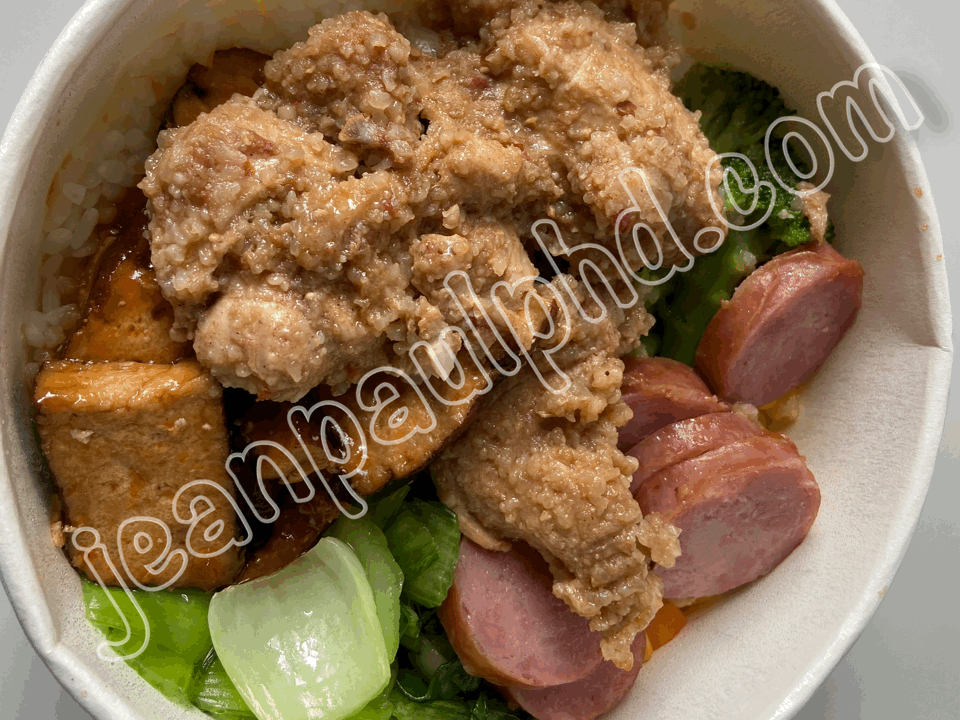Recently I’ve been distracted, frustrated and/or concerned (or perhaps some combination) because of some financial challenges I’m dealing with – some admin issues with the South African Revenue Service (SARS) and some other money I’m waiting on. But, I’ve still been exploring some parts of the cities including a few parks, some cultural/historical memorials and more. Additionally, there’s no shortage of opportunities to eat good food and/or try some Taiwanese cuisine I don’t know (although obviously many days I’m eating quite simply).
“There are nations which eat to live, and nations which live to eat. Like the French, the Taiwanese are most certainly one of the latter. Major cities have thousands of restaurants; every budget and market demographic is catered for.”
Food and Drink in Taiwan

In any case, the quote above was something that stuck with me after first reading it a few months ago. I was told that there’s a variety of dishes and/or types of food that make up Taiwanese cuisine, but also that many more types of food is available, especially in the larger cities (although I’m yet to leave Taipei).
I’ve tried a number of dishes while here and some I have enjoyed more than others. For example, there’s a popular sweet red bean soup (紅豆湯) that’s served as a dessert, but I have not acquired a taste for it yet. On the other hand, some of my favourites items or dishes so far include ‘beef noodle’ (牛肉面), a particular kind of crumbed deep-fried chicken fillet (called 雞排 according to a friend), mochi (which apparently has Japanese origins), as well as the so-called ‘hot pot’ (火鍋).
According to Wikipedia:
“Beef noodle soup is a noodle soup made of stewed or braised beef, beef broth, vegetables and noodles. It exists in various forms throughout East and Southeast Asia, with two of its most famous varieties being the red-braised beef noodle soup most common in Taiwan, and the clear-broth beef noodle soup that originates among the Hui Muslims of Lanzhou, but is popular throughout all of mainland China among all ethnicities.”

Additionally, I found my introduction to the ‘hot pot’ particularly enjoyable.

“Hot pot is a flavorful broth traditionally served inside a large metal pot. The broth is brought to a boil and left simmering for the duration of the meal. Raw ingredients, such as meat and vegetables, are placed into the simmering broth and thus “cooked”. The cooked pieces are dipped into dipping sauces for additional flavor. Hot pot is considered a main course and is usually served without rice or noodles on the side. Hot pots can be prepared and eaten at home or in a restaurant.”
A few nights ago, a friend and I went to a hot pot restaurant not far from where I’m living. Thankfully, he speaks Mandarin and he was already familiar with the ‘hot pot’ restaurant experience. While the food was really good, there were also other aspects of the restaurant that were particularly enjoyable (but not necessarily unique to that restaurant).
In addition to a variety of vegetables, as well as protein options (e.g. whole squid, whole prawns, beef, clams and more) that came with our set menu, we had unlimited refills of tea and/or drinks/sodas, as well as all-you-can-eat rice, noodles, ice-cream and a buffet of ingredients to customise a sauce (including soy sauce, sesame oil, white and black vinegar, spring onions, garlic). Obviously, there are times you want everything prepared for you and simply brought to your table, but this is not just about the food, it’s about the experience too.
One of the problems with all the great food I’ve come across here is that, despite the fact that I’ve been walking more in the last 3 weeks than I have in a long time, the ubiquity of tasty and affordable food means that I’ve actually put on some weight since arriving here.
In any case, as (a paraphrase of) the saying goes, “when in Taiwan…”
PS: head to my blog page and find out what I’ve been doing lately, or take a look at the videos page…

